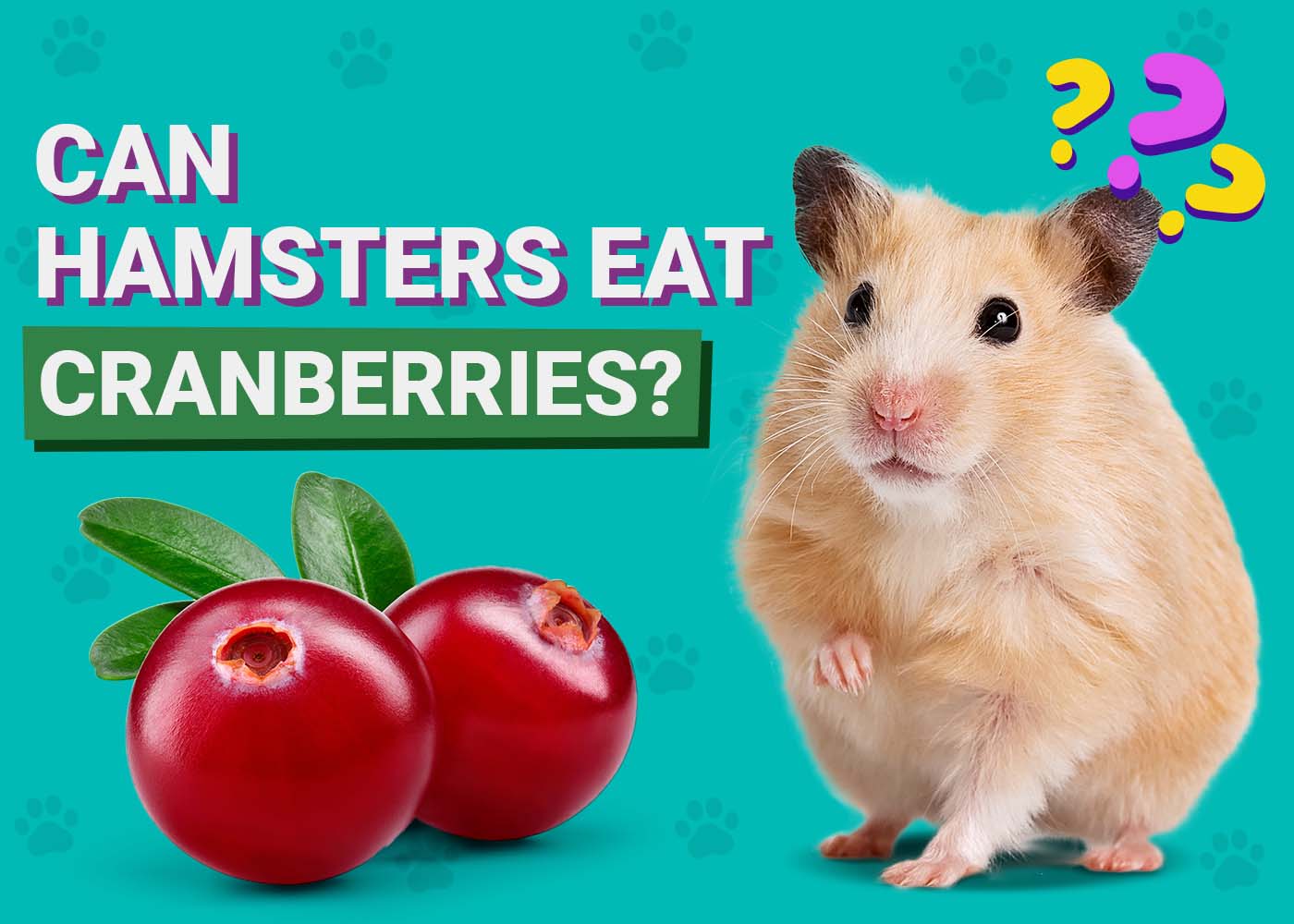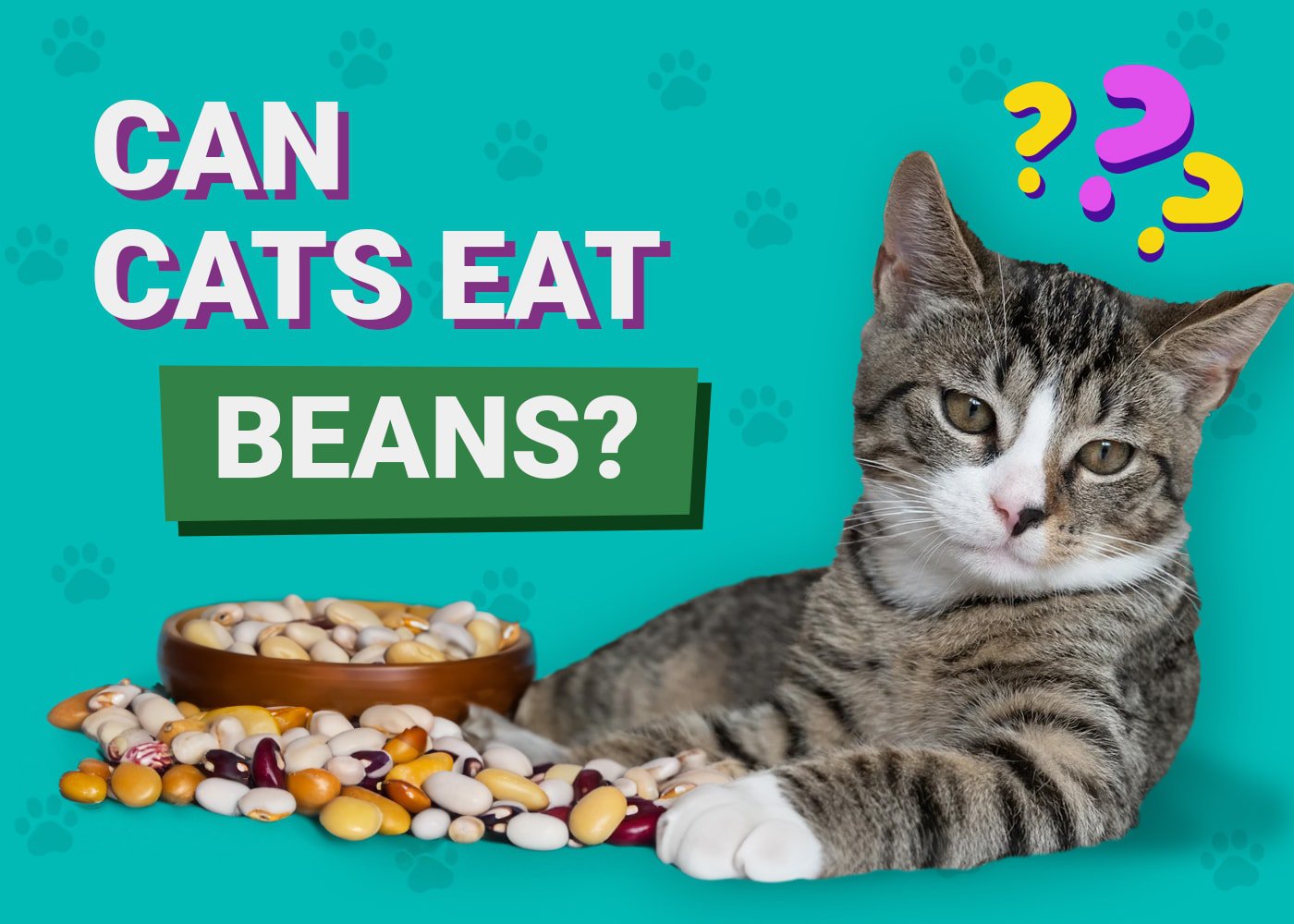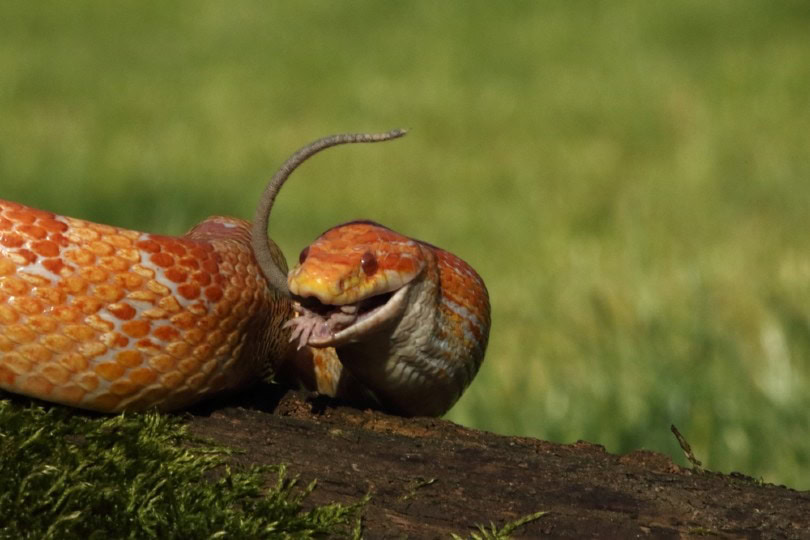VET APPROVED

The information is current and up-to-date in accordance with the latest veterinarian research.
Learn more »Click to Skip Ahead
Cranberries are a popular snack that we traditionally eat at Thanksgiving but have also become popular in a dried form like raisins. If you have been snacking on these tasty treats and wondering if it’s ok to feed them to your pet hamster, the short answer is no. It would be best if you didn’t let them have cranberries, but we’re going to look at why not and see if there are any exceptions, so you can feel comfortable about the foods you are feeding your hamster.

The 4 Potential Pros of Feeding Cranberries to a Hamster
Despite the several reasons you shouldn’t feed your hamster cranberries, they provide a few health benefits when fed in small amounts to Syrian and Roborovski’s hamsters. It is important to keep in mind that if you are going to offer your hamster a cranberry, ideally, this should be a fresh one, not a dried one.
1. Antioxidants
Cranberries are high in antioxidants that, in theory, could help your pet recover from disease quicker and prevent the occurrence of urinary tract infections by preventing bacteria from sticking to the urinary walls. However, there is no scientific evidence that a hamster can enjoy these benefits, as the only available studies have been done in humans, dogs, and cats, so we cannot assume these effects translate directly to them.
2. Cranberries May Help Maintain Blood Pressure
Cranberries contain polyphenols and antioxidants that may benefit human health by helping to lower blood pressure and triglycerides, as well as supporting blood sugar control. Although these effects have been observed in humans and some animals, there is no scientific proof that hamsters experience the same benefits. Given their sugar and acid content, cranberries should only be given to hamsters infrequently and in small quantities.

3. Vitamin C
Cranberries contain Vitamin C, a potent antioxidant and preservative that may aid the body’s response to infections. Hamsters, unlike guinea pigs, produce their own vitamin C, making supplementation unnecessary. Although a small increase in dietary vitamin C from cranberries might be beneficial during illness, there is no scientific proof that it enhances immunity in hamsters.
4. Enrichment
4. Enrichment
Cranberries are a great way to provide a little bit of nutritional variety while enriching your hamster’s day-to-day life with different tastes and textures, supporting mental stimulation through foraging and exploration. This kind of sensory variety is important for overall well-being, especially when introduced safely within a balanced, species-appropriate diet.
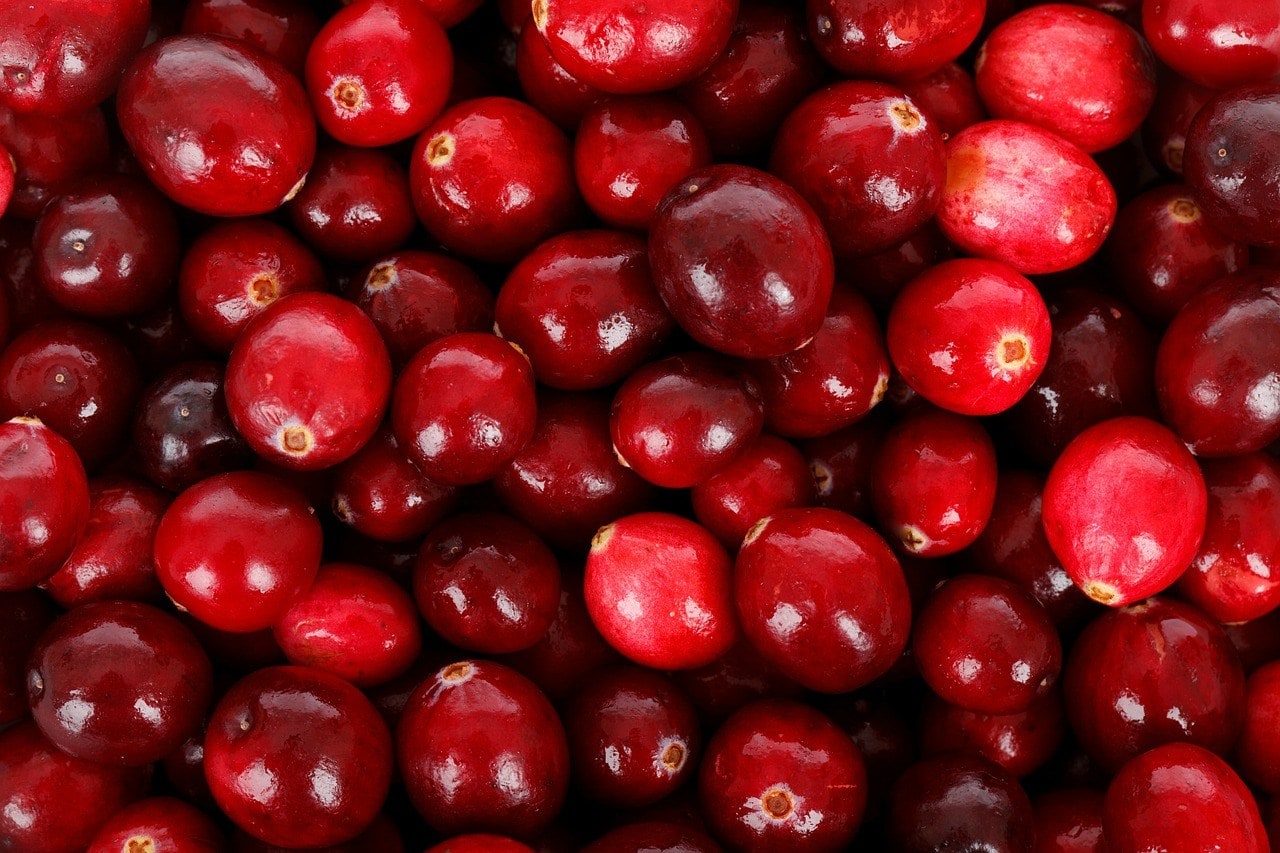

The 3 Cons of Feeding Cranberries to a Hamster
If your hamster snuck out and started eating a couple of cranberries, you don’t need to worry. It’s not going to kill them. However, there are some good reasons to prevent your hamster from eating cranberries.
1. Sugar
Sugar is the primary ingredient in cranberries that you need to avoid. A single cup of fresh cranberries can contain more than four grams of sugar. Sugar can lead to obesity and several health problems in any animal. They should be strictly limited and only provided as an occasional treat.
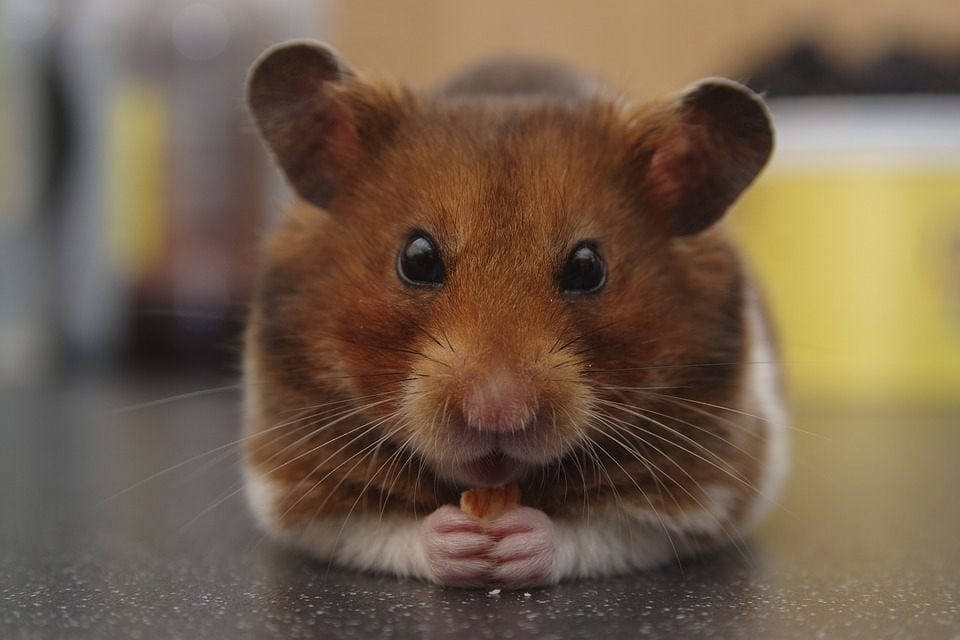
2. Chinese, Russian Campbell’s, and Winter Whites
The Chinese, Russian Campbell’s, and Winter White breeds of hamsters are especially susceptible to diabetes and should not eat cranberries even in small amounts.
3. Dried Cranberries
Most packaged dried cranberries are extremely high in sugar, and a single serving (1/3 cup) can have more than twenty grams compared to the 4.5 found grams in a full cup of fresh cranberries.

How do I feed my hamster cranberries?
We recommend feeding cranberries to your pet in extremely limited amounts and only if they are the Syrian and Roborovski’s breeds. The other species like Chinese, Russian Campbell’s, and Winter White should avoid cranberries completely.
Hamsters can only eat the berry and cannot eat the leaves or stem of the cranberry plant. They can eat the seeds, but it’s better to remove them to reduce the fat intake. Your hamster can also eat the skin, but you must wash it thoroughly to remove any pesticides or other chemicals that might be present.
- Choose an organic cranberry to help reduce the risk of pesticides and other chemicals being present. Your hamster’s tiny body cannot handle much of these chemicals, so it’s important to eliminate them from their diet.
- Wash the berry thoroughly, even if it’s organic.
- Cut the berry in half and remove the seed.
- Place one-quarter to one-half of a cranberry in a bowl and serve it to your hamster.
- Remove the bowl after an hour or two to prevent overeating and attracting flies.
- Feed cranberries to your hamster no more than once a week.

Conclusion
If your hamster has eaten some cranberries, it will likely be fine, but you should only provide them to your pet in tiny amounts as a form of introducing variety and enrichment to their diet or on special occasions, like Thanksgiving, for example. If your hamster is a Chinese, Russian Campbell’s, or Winter White, we recommend avoiding the cranberries altogether because the risk of diabetes is too high. Avoid dried cranberries and cranberry sauce because these items will contain too much sugar.
We hope you have enjoyed reading over our guide to feeding your pet this American fruit. If you have learned something new, please share this guide on Facebook and Twitter.
